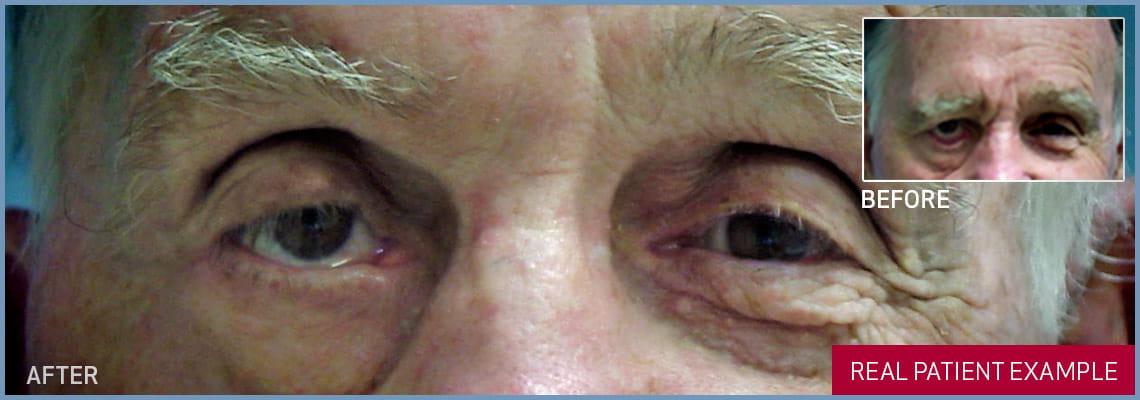Brow Lift

Prolonged facial paralysis often results in a gradual downward migration of the eyebrow producing a drooping appearance. At times the eyebrow descent will be so extreme as to cause obstruction of vision. In this situation a brow lift can be effective in restoring the brow to a more natural position and clearing the field of vision.
The brow lift can be performed though a number of different incisions and careful consideration is given to the individual’s facial features and the degree of correction required prior to selecting a surgical approach.
The brow lift can be performed through an incision created directly above the brow (direct brow lift) or hidden in a deep forehead skin crease. If lesser degrees of correction are required the brow lift can be approached through an incision at the interface of the brow skin and hairline (frontal brow lift) or hidden in the scalp hair (coronal brow lift).
In select cases removal of excess eyelid skin (blepharoplasty) and or weakening of the unaffected side of the brow may be combined with the brow lift to enhance the result.
Technique
The brow lift procedure can be performed through an incision created directly over the eyebrow, at the frontal hairline or in the hair of the anterior scalp. The degree of correction required and the individual’s facial aesthetics are all considered before choosing an approach.
Elderly male patients with severe descent of the brow and deep wrinkles are often treated with a direct brow lift. An incision is created at the interface of the brow hairs and forehead skin. The brow is lifted into the desired location and the position secured with sutures. The excess skin is removed and the incision is closed with plastic surgery techniques.
In patients with less severe descent of the brow and a tall forehead the brow lift incision is often placed along the hairline (frontal brow lift). The incision is beveled to avoid damage to the underlying hair follicles and promote re-growth of the hair concealing the post-operative scar. The brow is then lifted into the desired location and secured with sutures. The frontal brow lift does produce an area of numbness along the anterior scalp that tends to improve with time.
A major benefit of the technique, however, is its ability to avoid elongation of the brow. This is significant for individuals with an already tall forehead where further lengthening creates the illusion of premature facial aging. Individuals with mild descent of the brow and a favorable forehead height are considered good candidates for a brow lift with the incision concealed in the anterior scalp hair (coronal brow lift).
real patient case studies
Learn how facial paralysis surgery and functional restoration can help you.
